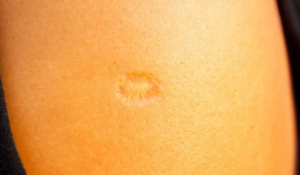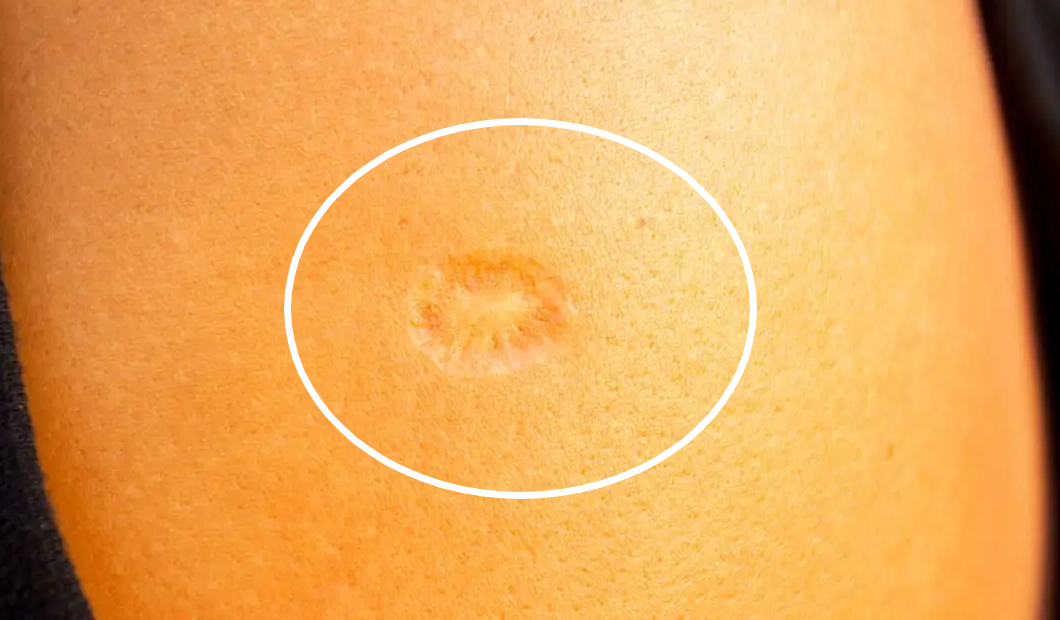Have you ever noticed a small, round scar on your upper arm, perhaps a relic from the smallpox vaccine? Prior to the 1970s, many people received this vaccination as a precaution against the Variola virus, which caused smallpox.
To protect individuals from smallpox, a live Vaccinia virus was administered through the smallpox vaccine, triggering an immune response.

Following vaccination, blisters would form at the injection site. Over a few weeks, these blisters would heal and form a crust, resulting in a distinctive circular scar. Each needle prick delivered a small amount of the vaccine, prompting blister formation and subsequent scarring.

Immediately after vaccination, the injection site would swell slightly, but this swelling would subside within 6 to 8 hours. Afterwards, the site would return to normal. However, after 6 to 8 weeks, a small lump resembling a mosquito bite might reappear.

Over time, this lump would grow into a nodule, eventually breaking open, oozing fluid, and forming an ulcer. As the ulcer healed, a scar would form, a process lasting two to five weeks. This cycle of ulceration and healing could occur multiple times, resulting in permanent scars.
By the early 1970s, smallpox had largely disappeared from the Western world, and vaccinations became unnecessary for most individuals unless traveling to areas where the virus was still prevalent.
As exposure to the Variola virus decreased, smallpox vaccinations were fully discontinued in the 1980s. Consequently, the era of smallpox vaccinations and the characteristic scars they left behind became a thing of the past for many.
